 Weird Stuff
Weird Stuff  Weird Stuff
Weird Stuff  Our World
Our World 10 Ways Your Christmas Tree Is More Lit Than You Think
 Movies and TV
Movies and TV The 10 Coolest Stars to Set Sail on The Love Boat
 History
History 10 Things You Didn’t Know About the American National Anthem
 Technology
Technology Top 10 Everyday Tech Buzzwords That Hide a Darker Past
 Humans
Humans 10 Everyday Human Behaviors That Are Actually Survival Instincts
 Animals
Animals 10 Animals That Humiliated and Harmed Historical Leaders
 History
History 10 Most Influential Protests in Modern History
 Creepy
Creepy 10 More Representations of Death from Myth, Legend, and Folktale
 Technology
Technology 10 Scientific Breakthroughs of 2025 That’ll Change Everything
 Weird Stuff
Weird Stuff Ten Bizarre Facts About The Doge Meme
 Our World
Our World 10 Ways Your Christmas Tree Is More Lit Than You Think
 Movies and TV
Movies and TV The 10 Coolest Stars to Set Sail on The Love Boat
Who's Behind Listverse?

Jamie Frater
Head Editor
Jamie founded Listverse due to an insatiable desire to share fascinating, obscure, and bizarre facts. He has been a guest speaker on numerous national radio and television stations and is a five time published author.
More About Us History
History 10 Things You Didn’t Know About the American National Anthem
 Technology
Technology Top 10 Everyday Tech Buzzwords That Hide a Darker Past
 Humans
Humans 10 Everyday Human Behaviors That Are Actually Survival Instincts
 Animals
Animals 10 Animals That Humiliated and Harmed Historical Leaders
 History
History 10 Most Influential Protests in Modern History
 Creepy
Creepy 10 More Representations of Death from Myth, Legend, and Folktale
 Technology
Technology 10 Scientific Breakthroughs of 2025 That’ll Change Everything
10 Surprising Problems Solved By Nature
Modern technology has turned everyday survival from a vicious challenge into a cakewalk. For instance, a weather app can tell you the local temperature in seconds and seeing in the dark is as easy as turning on your phone’s flashlight.
How could we possibly do this stuff accurately and easily without electronics and machinery? Well, Mother Nature already has a lot of it figured out.
We’re not talking about taking inspiration from nature or genetically modifying an animal to do something different. This list is made up of surprising abilities and features of the natural world that can be used to directly solve a problem.
10 Want To Know The Temperature?
Find Some Crickets
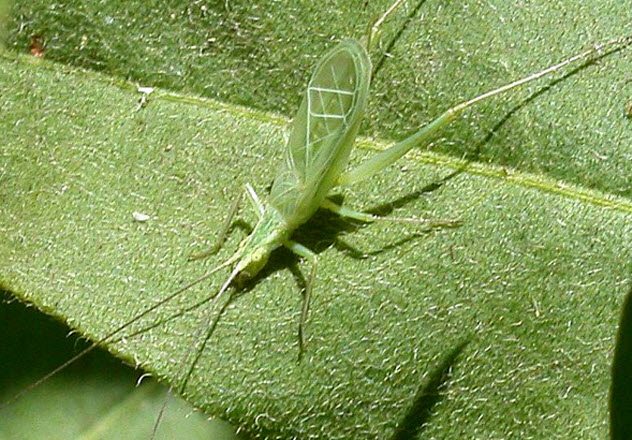
Determining the temperature can be done in any number of ways—from the thermometer in your desk drawer to the weather presenter on your local news to the crickets chirping outside your house. That’s right, you can find out the temperature to a surprisingly accurate degree by counting the number of times a cricket chirps within a set period of time. This is all thanks to the work of 19th-century scientist Amos Dolbear, although it was first observed by the uncelebrated Margarette W. Brooks.
The rate of a cricket’s chirping corresponds to the temperature of its environment. So you can find out the rough temperature by counting the number of cricket chirps. This is theorized to be due to the cricket’s higher metabolism at higher temperatures.
The formula is different depending on the species. For common field crickets, you just count the chirps in a 15-second period and add 40 to get a fairly accurate estimate of the temperature in Fahrenheit.[1] It will be even more accurate if you use a snowy tree cricket as these were the ones used by Dolbear. Their chirping rate is also less affected by unrelated factors such as age.
9 Teeth Get Knocked Out?
Find A Coconut Or Some Milk ASAP
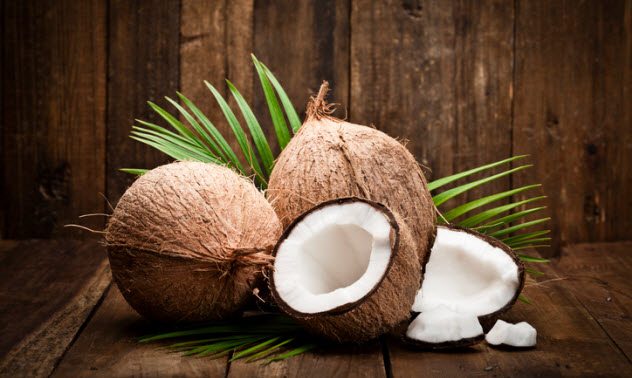
Picture the scene. It’s a hot summer day, you’re riding your bike, there’s a breeze in your hair, and life’s generally going great. Out of nowhere, a pothole. You go flying, landing face-first on the asphalt, and you feel something come loose in your mouth. What do you do?
Well, if there’s a coconut lying around, then the best course of action is to crack it open and put your loose teeth inside it. A 2007 study discovered that coconut water is an effective medium for storing detached teeth and preserving the periodontal ligament cells, which are vital for successfully reattaching the tooth.
Coconut water proved to be more effective than milk or saline solution. However, this study was conducted to determine how effective the mediums were once the teeth had already been separated for 30 minutes. Dentists still recommend milk as the best thing to use if it’s on hand.
If milk sounds like a weird thing in which to preserve a body part, dentists actually rank it as more effective than water.[2] It has nothing to do with the calcium content but instead the milk’s neutral pH.
Once dipped in milk, the tooth should be gently placed back into the cavity it fell out of to keep it moist, and medical help should be sought immediately. One hour is generally the critical period, although a tooth can remain viable for up to six hours.
8 Lost On A Hike?
Find Out Where You Are By Boiling Water

If you’ve ever been hiking or mountain climbing, you might know the effects of low air pressure. Breathing gets harder, your vision might go blurry, people might faint much more easily, and every step takes twice the effort. Nature has a handy little trick for figuring out how thin the atmosphere is: boiling water.
By cooking, you can tell roughly how far you are above sea level because the lower atmospheric pressure causes water to boil at lower temperatures. Roughly, every 150-meter (500 ft) increase in elevation will lower the boiling point by 0.56 degrees Celsius (1 °F).
So you can tell how high you are with nothing more than a flame, a container, some water, and a thermometer. It also might be important to know this because foods prepared by boiling or simmering will take longer to cook the higher you are. (That’s because you’re cooking at a lower temperature than normal.) If you’re climbing Mount Everest, your meal prep is going to take slightly longer every day.[3]
Interestingly, this effect works the other way as well, meaning that water boils at a higher temperature the lower you go below sea level. Water would have to reach roughly 493 degrees Celsius (919 °F) before it boiled in the Mariana Trench at its deepest point. However, water boils at around 71 degrees Celsius (160 °F) at the peak of Everest. (Again, these are approximations. They are not precise.)
7 Want To Catch A Criminal?
Just Find The Nearest Mosquito
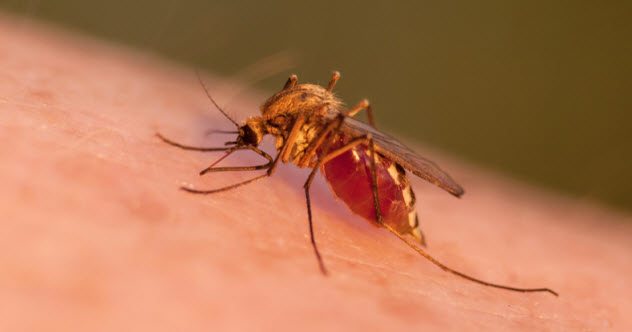
It’s safe to say that mosquitoes aren’t popular animals, but they do have some surprising benefits. Just like in Jurassic Park, blood that has been drunk by a mosquito retains all the properties from the blood’s original host, including the DNA. In a way, these creatures act as living blood vials.
Knowing this, Finnish police investigating a sealed crime scene decided to detain their only witness: a mosquito. DNA found within the insect matched that of a man already on the police register, who was promptly apprehended for questioning. So, a criminal was caught when a mosquito was the only witness to his crime.
The saga of crime-fighting mosquitoes doesn’t stop there. In 2017, Japanese scientists managed to nail down the technique to extract and analyze blood from mosquitoes. Their breakthrough was that blood inside mosquitoes can contain identifiable DNA strands for up to two days.[4]
As a result, mosquito blood samples can be used to discover roughly when a person was in a certain area. Theoretically, this could be used not just to identify suspects but also to determine approximately when they had been somewhere.
6 Want To Go Fishing?
Use Some Walnuts (Illegally)
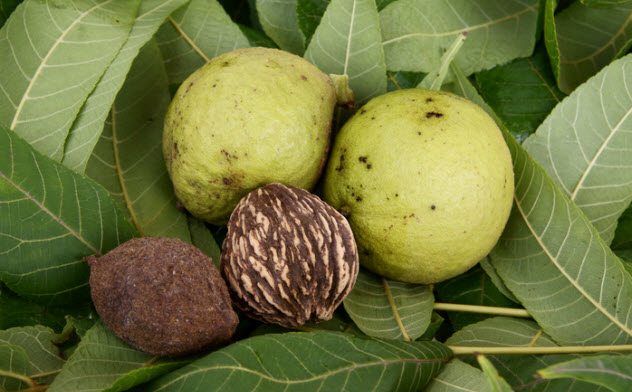
Fishing was a major food source for most Native American tribes. Eighteenth-century historian James Adair observed some fishing methods, such as simple spears and nets, used by indigenous peoples.
One of the more inventive practices involved allowing a catfish to swallow the fisherman’s hand. Then the fisherman would quickly yank the fish onto dry land. A rare technique used by some tribes was completely different than all the rest: chemical warfare.
They used black walnut hulls to fish, and you can, too. But you absolutely shouldn’t. Many countries have banned the practice due to the serious level of damage it can cause to local wildlife.
The walnut husks contain a chemical named saponin. Humans can break down saponin in their digestive systems, but fish assimilate it directly into their bloodstreams. The chemical stuns them, causing them to float to the surface of the water for an easy catch. It requires a lot of walnuts and is illegal in most states.[5]
5 Want To See In The Dark?
Use Some Rotting Fish
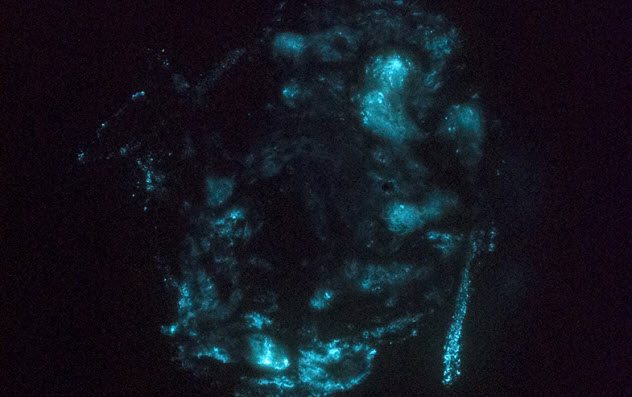
Light is such an easy commodity to come by these days that we sometimes forget that our ancestors lived in much darker conditions. Open flame was the most obvious and accessible light source, but that required constant maintenance or expensive candles. Even if you were willing put up with those problems, open fires could be extremely dangerous. Luckily, there’s a surprising alternative.
Eighteenth-century miners in Newcastle, UK, had to work in the dark, cramped, and dangerous conditions of a mine without the luxury of modern electric lights. Flammable gas was a constant concern, so flame lanterns were also out of the question. However, rotting fish happily filled the void. The bacterial colonies feeding on the skin of rotting fish gave off enough natural light via bioluminescence to see by.
In the US, miners used the slightly more pleasant solution of jars filled with fireflies, which didn’t carry quite the same risks as actual fire. Seventeenth-century Indonesians used bioluminescent fungi as torches in the dense forest. As recently as World War II, Japanese soldiers harvested huge numbers of bioluminescent crustaceans to read maps at night without giving away their positions.[6]
4 Want Some Alcohol?
Suffocate A Goldfish
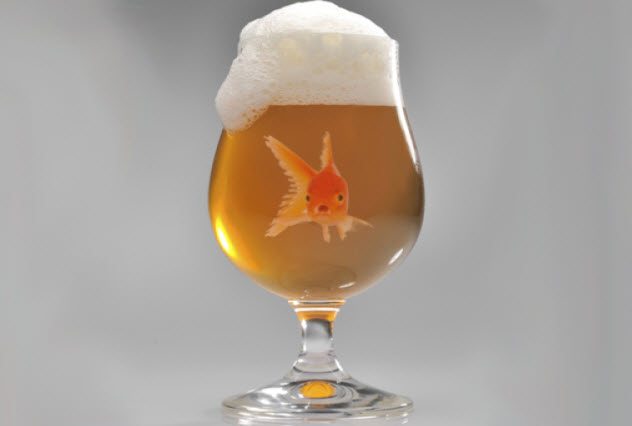
The desire to get drunk has occupied humanity for all of history. There’s evidence of wine production in Georgia going back at least 8,000 years. It really puts humanity’s priorities into focus.
Recently, scientists have discovered a surprising new source of alcohol: goldfish.
You read that right. Goldfish. They evolved the ability to produce alcohol to survive in icy conditions. When a lake freezes over, it cuts off the oxygen supply for any organisms in the water. A side effect of not getting enough oxygen is a slow buildup of lactic acid in the muscles, which will eventually become toxic.
The goldfish’s ingenious solution to this problem involves converting the stored lactic acid into liquid ethanol. The ethanol is then harmlessly released into the water.
University of Liverpool researchers have determined that you need to put a goldfish in a closed-off beer glass for 200 days to get a decent pint. While not exactly an efficient brewing method, it’s interesting to note that you could eventually get drunk with nothing more than thousands of goldfish and some icy water.[7]
If that’s not good enough, then naturally occurring palm wine may be the drink for you. Due to yeast in the sap of palm trees, palm wine starts fermenting the moment it’s removed from the tree.
Within hours, you have a drink with the same alcoholic content as a weak beer. Within days, it’s more like vinegar. This palm wine is a delicacy across the world—from India to West Africa—and some groups of chimpanzees have been seen regularly drinking this naturally occurring alcohol.
3 Need Drone Flight Plans?
Just Follow The Seagulls

Drones are still an up-and-coming technology that is constantly developing and facing new challenges. One such challenge is how to plan the most efficient routes as there are a host of different variables that can affect flight.
Wind speed, temperature, thermal updrafts, weather, and time of day can all completely change how a flying object behaves. In short, it’s an incredibly difficult topic to research without countless hours of trial and error. That is, unless we cheat and copy nature.
Scientists in Bristol have used seagulls to understand how a drone might fly best in an urban environment. Through observation of seagull flight patterns, the researchers gained a much better understanding of where thermals and changes in wind speed occurred. With this information, they plan to drastically increase the fuel efficiency and potential distance a drone could travel.[8]
2 Too Many Pollutants In The Soil?
Just Do Some Gardening
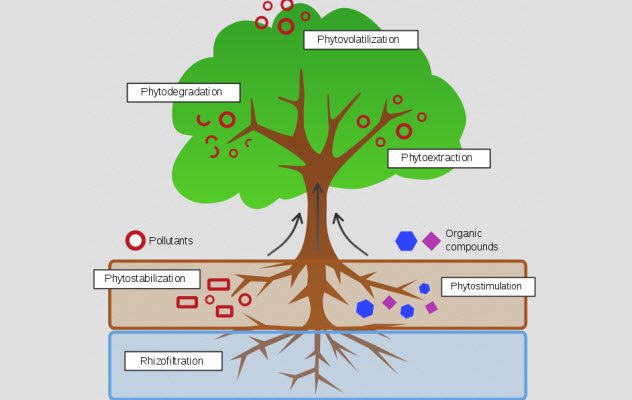
Heavy industry not only pollutes the global environment but also the immediate local area. Metals, such as mercury and lead, are commonly found in the soil around industrial areas. So are pollutants like arsenic.
These pollutants can have a devastating effect on local wildlife and humans, causing kidney damage, anemia, and countless other problems. The traditional methods of dealing with these ground pollutants are both expensive and inefficient.
The modern answer to this wildlife-destroying phenomenon is, of course, to throw more wildlife at it—specifically, plants, fungi, and algae capable of phytoremediation.[9] This process causes harmful pollutants to be absorbed through the root systems of plants such as hemp, mustard plants, or pigweed.
After a set amount of time, the plants are harvested and treated, and new seeds are planted in their place. Valuable contaminants, such as cadmium or nickel, can even be extracted from the plants and reused in a process named phytomining. We’re literally mining for metal using mustard plants.
1 Thirsty?
Just Find A Giant Tortoise
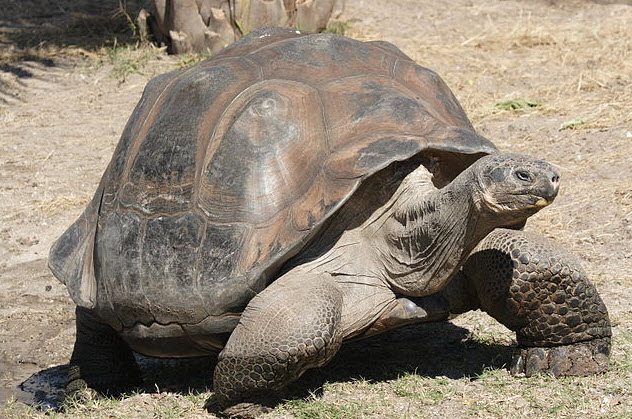
For anyone who’s ever drunk milk, it seems obvious that we can get edible drinks from a huge variety of animals. Almost every mammal produces milk in some form, and if you’re truly desperate, you can drink an animal’s blood like the Mongols did.
The problem arises during situations such as long sea voyages where there simply isn’t space for a whole dairy farm worth of animals. Drinking normal water was also unfeasible as it quickly went stagnant in the ship’s hold. For a long time, the only solution was drinking weak alcohol.
But explorers who went to the Galapagos Islands discovered a new water source: tortoises.
Now, we’ve already talked about the Galapagos tortoise and its fluid-filled bladder. But we didn’t discuss how useful it became to some captains.
For instance, US Navy captain David Porter made note of the tortoises in his journal. He described how their bladders were filled with “about [8 liters (2 gal) of] perfectly fresh and sweet” water. Not only this, but the tortoises could be stored without food for up to 18 months in the hold of a ship. They tasted so good that “every other animal food fell greatly in our estimation.”[10]
They were almost perfectly evolved to serve as a human lunchbox: delicious meat, gallons of fresh water, and a long shelf life all packed into an animal that is famed for being slow and docile. Their shells even make them stackable! Unfortunately, they proved to be slightly too useful for their own good, and the Galapagos tortoise is now a protected species.
You can follow James on Twitter here.
Read more fascinating facts about nature on 10 Beautiful Examples of Symmetry In Nature and 10 Surprisingly High-Tech Aspects Of Nature.








